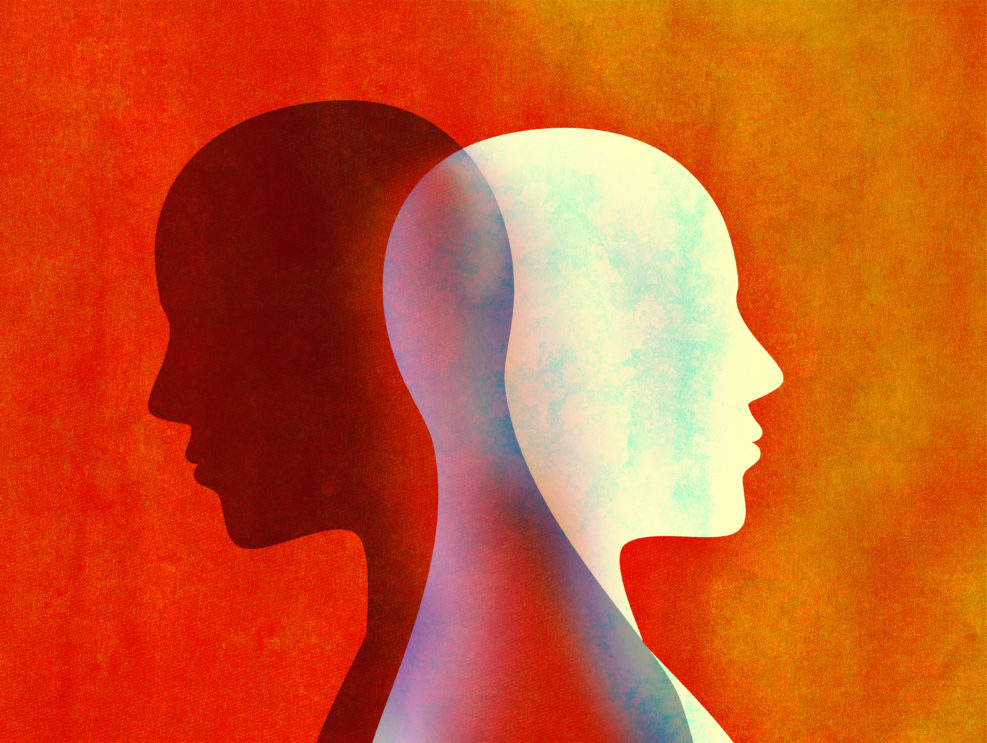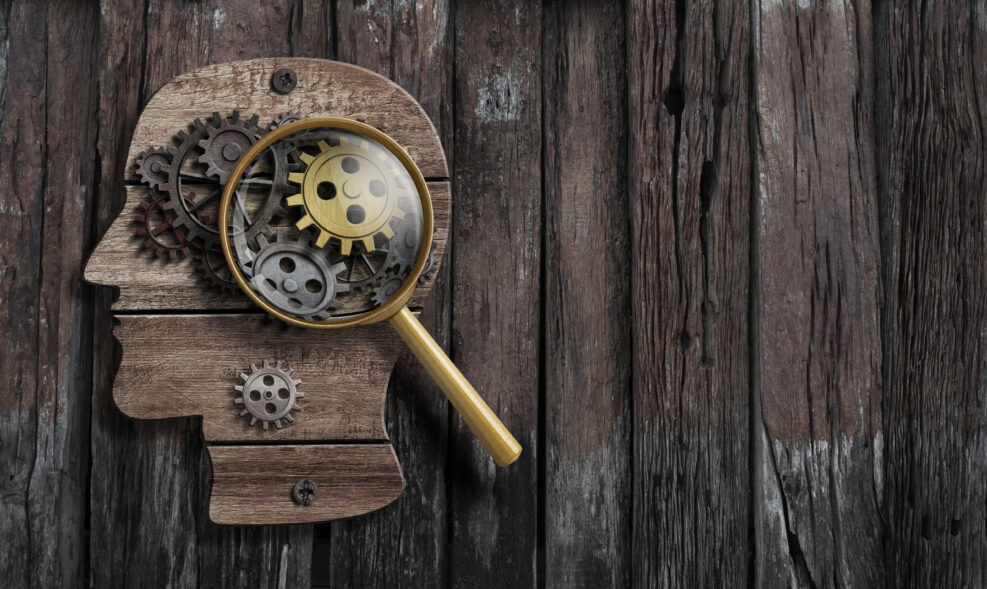
Researchers: The Brain’s Claustrum Acts as a Router for Thoughts
Francis Crick thought the claustrum might be the “seat of consciousness,” an inherently materialist concept. The researchers think he was wrong.Remember Francis Crick (1916–2004) and The Astonishing Hypothesis (1994)?: “You, your joys and sorrows, your memories and ambitions, your sense of personal identity and free will are, in fact, no more than the behaviour of a vast assembly of nerve cells. As Lewis Carroll’s Alice might have phrased it: ‘You’re nothing but a pack of neurons’.” Crick focused on the brain region known as the claustrum as closely tied to consciousness. According to University of Maryland medical researchers, he thought of it as the “seat of consciousness.” Now, the very concept of a “seat of consciousness” assumes that consciousness is a material thing that needs a seat. In other words, consciousness must be found specifically in one place and not Read More ›



